Did you know? Although a sad fact, human civilization and actions are the number one cause of wildlife loss.
These include overfishing and hunting, the destruction of habitats through agriculture and urban development, using pesticides and herbicides, and releasing other toxic compounds into the environment have all taken their toll on land and marine wildlife. These human actions have rendered some of the world’s flora and fauna vulnerable, critically endangered or extinct.
In light of this, conservationists around the world have fought to ensure the conservation of wildlife.
There are several conservation days in the year, which help raise awareness for different wildlife species.
This blog highlights the lion, elephant, and bees, their dangers, and what we can do to help them.
Lions are known for their fierceness. In the wild, they are the most recognizable animals. They are a symbol of strength, courage, and power.
Here are some fascinating facts about lions:
- They are social animals- The most friendly of all the big cats. They live in groups called pride, usually of related females and their offspring.
- Females do the hunting- Lionesses are the primary hunters of the pride. They are smaller and more agile than males, and they use teamwork to bring an animal down. After a successful hunt, all the lions in the pride share the meal. But there is an eating order, with the adult males eating first, followed by the lionesses and, finally, the cubs. The male lions serve as the protectors of the pride.
- Great hunters- Lions hunt by ambush. Fanning out, they form a semicircle, with the smaller lionesses herding the prey towards the centre. A lion’s vision is roughly six times more sensitive to light than humans, giving them a distinct advantage when hunting at night.

World Lion Day is celebrated annually on August 10th. The day is meant to raise awareness about the plight faced by lions. The International Union for Conservation of Nature (IUCN) lists the African Lion as Vulnerable. Why are African Lions vulnerable?
- Human-wildlife conflict- When lions roam and find themselves in areas where humans reside, they can easily get attacked and killed
- Natural prey decline- This has made lions face starvation as there is limited prey for the entire pride
- Climate change- Lions are also vulnerable to extreme weather conditions like droughts, which can disrupt their reproductive cycles, further shrinking their populations.
Lions are top predators, and they help keep a healthy balance of numbers among other animals; therefore, their survival is crucial to balance the ecosystems where they reside.
World Elephant Day is marked globally on August 12th. The day helps to bring urgent attention to the plight of Asian and African elephants.
Did you know?
- Elephants are the largest land animals
- A baby elephant can stand within 20 minutes of birth
- You can tell the species apart by their ears
- Their tusks are their teeth
- They love to eat, and they can consume upto 150kgs of food

Elephants help maintain forest and savanna ecosystems for other animals. They trample forests and dense grasslands, allowing smaller species to co-exist. Elephants also create water holes other wildlife use as they dig dry riverbeds with low rainfall. Herds travel over vast rangelands and disperse seeds in their dung, which helps generate new green growth.
Unfortunately, The International Union For Conservation of Nature (IUCN) has listed the African elephant as Critically Endangered. The following are the threats and challenges facing them:
- Poaching- The illegal ivory trade has pushed African elephants to the brink of extinction. Thousands of elephants are being killed yearly for their ivory tusks. In 1989, the Convention on International Trade in Endangered Species (CITES) banned the international ivory trade, but the practice continues in some countries.
- Human-Wildlife conflict- In the last 40 years, human populations have doubled, and agricultural and human settlements have mass expanded. Unsurprisingly, this growth has pushed humans and elephants into closer proximity and has escalated human-wildlife conflicts. Elephants often wander into agricultural areas to raid crops, sparking retaliatory killings by farmers.
- Habitat Loss and Degradation- Elephants are rapidly losing their habitats due to the expansion of agricultural and human settlements. It’s important to note that elephants are a transboundary species, which means,they rely on migration and movement for their survival rather than living in one place.
One of the planet’s most fascinating insects is the honeybee! Honeybees make the honey we love and enjoy.
Here are a few facts you may not know about the honeybees:
- They produce honey as food stores for the hive during winter. Luckily, these efficient little workers make 2-3 times more honey than they need, so we enjoy the tasty treat, too!
- Each bee has 170 odorant receptors, which means they have one profound sense of smell! They use this to communicate within the hive and recognise different flower types when looking for food.
Honeybees play a vital role in the ecosystem. As pollinators, they support the growth of trees, flowers, and other plants, which serve as food and shelter for creatures large and small. Bees contribute to intricate, interconnected ecosystems that allow a diverse number of different species to co-exist. There is no doubting the importance of bees to our food supply.
World Honey Bee Day is marked annually on August 19th. The day helps raise awareness for the bees who contribute significantly to our survival.

Regrettably, the honeybee population has dwindled steeply. This decline has grave implications for the entire ecosystem and the animals that inhabit it, including humans. Some of the threats facing the honey bee include:
- Climate change- By many estimates, climate change is the top driver of declining honey bee numbers. Climate change shrinks honey bees’ natural habitat. Deforestation also exacerbates this loss of habitat. Climate change, large-scale monoculture commercial crop production, and excessive logging, among other human activities, spell disaster for honey bee habitats.
- Pesticides- Overusing and indiscriminate application of toxic pesticides and other chemicals kill honey bees. While certain pesticides have undoubtedly produced some net benefits for farming in the form of greater yields by keeping away harmful pests, they also harm beneficial critters like honey bees.
Human actions are the number one cause of wildlife population decline. We can help conserve our wildlife by:
- Encouraging sustainable land use practices to prevent wildlife habitat loss. These include promoting sustainable agriculture, reducing pesticides and other harmful chemicals, and using eco-friendly technologies in forestry and other industries.
- Educating the public about wildlife conservation is crucial in creating a responsible and sustainable behaviour culture. This can be done through outreach programmes, school programmes, and public awareness campaigns that raise awareness about the impacts of human activity on wildlife.
- Planting trees help provide the habitats and resources needed for wildlife to prosper. Trees are sources of food, shelter, and breeding grounds for many animal species. Trees also provide resting places, nesting sites, and animal hunting locations.
- Support legislation that aims to stop the poaching of wildlife ivory
- Plant home gardens to help the earth’s pollinators
- Support climate change action
- Donate to organizations like the World Wildlife Fund who are actively involved in wildlife conservation.
--
We all can make a difference in the fight to conserve our planet's wildlife. Email us at hello@oceansoleafrica.com for custom orders, partnerships, collaborations or to see how to get involved with our mission.
Every single piece we create is made from flip flops collected from ocean pollution during our weekly beach cleans. Each is hand-carved by our team of talented Artisans so no two will ever be the same. Be part of the change!
Shop Flip Flop Elephant Artwork



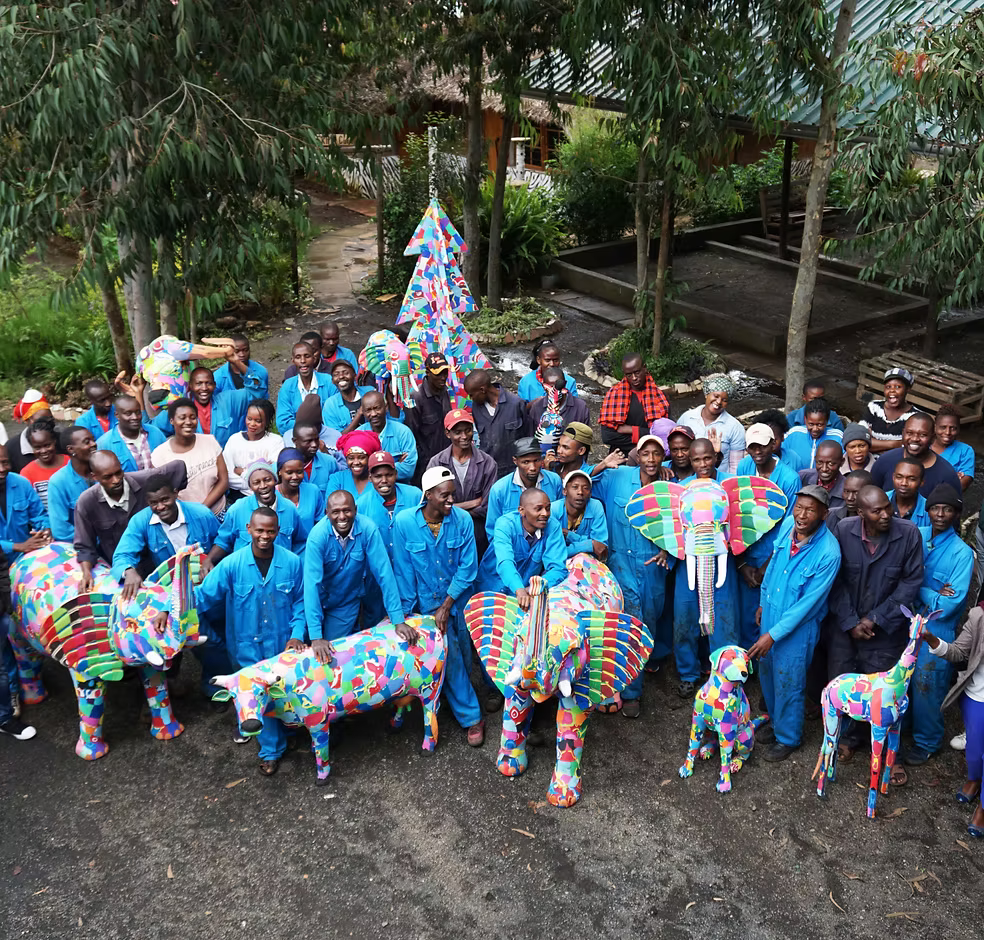

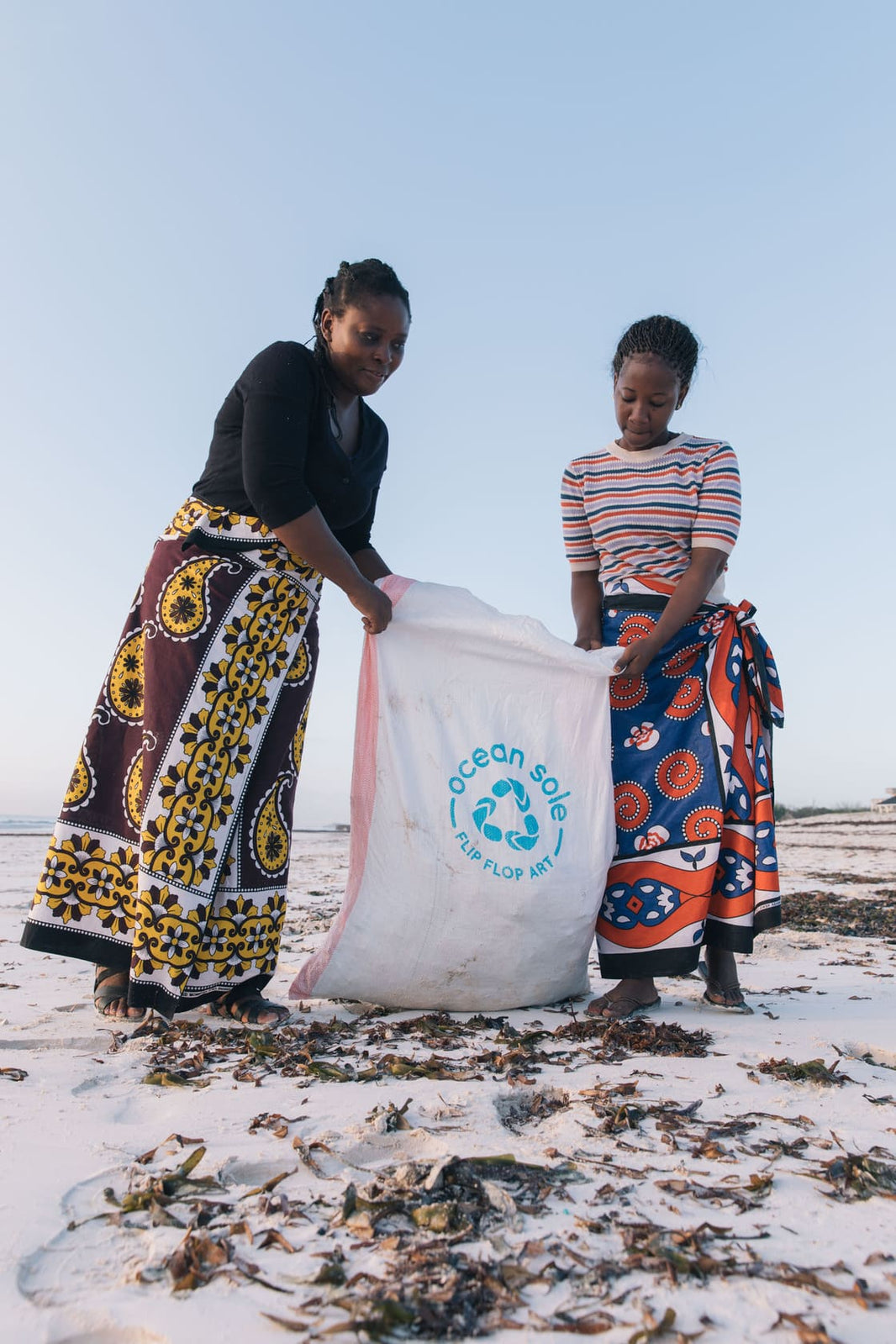
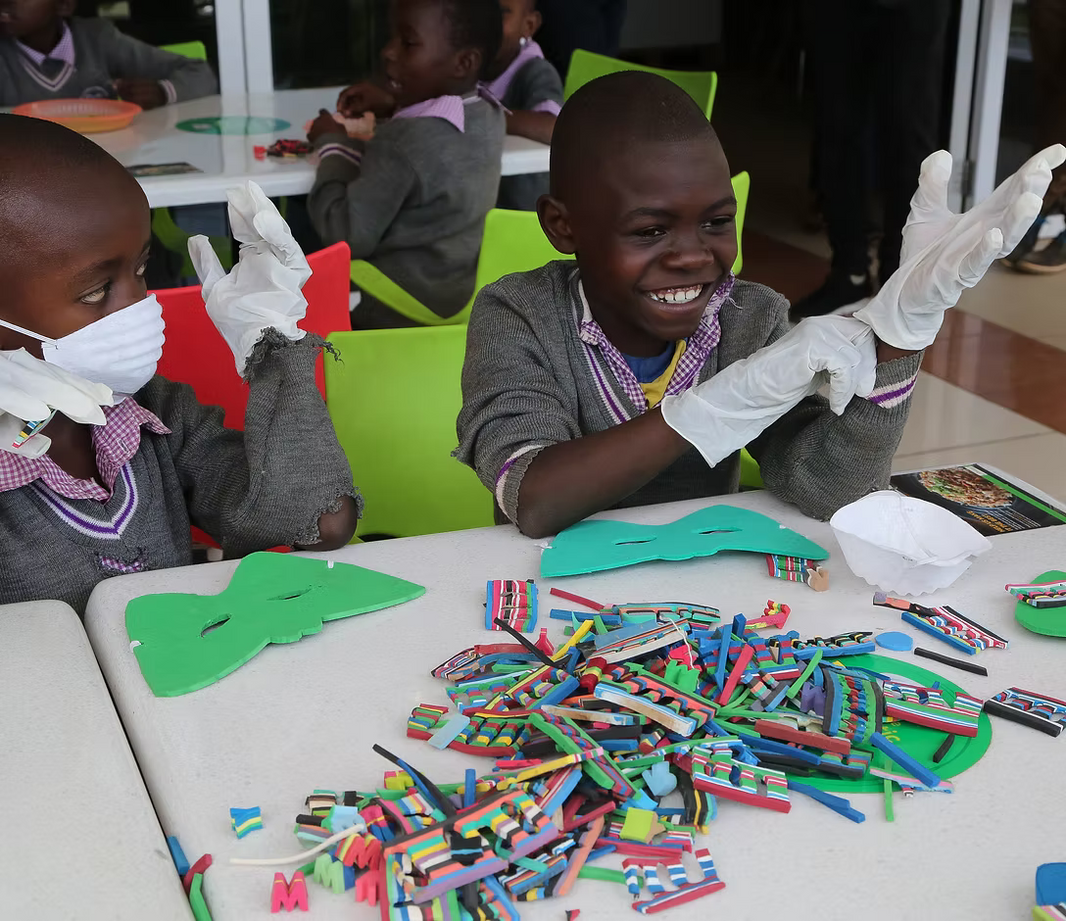
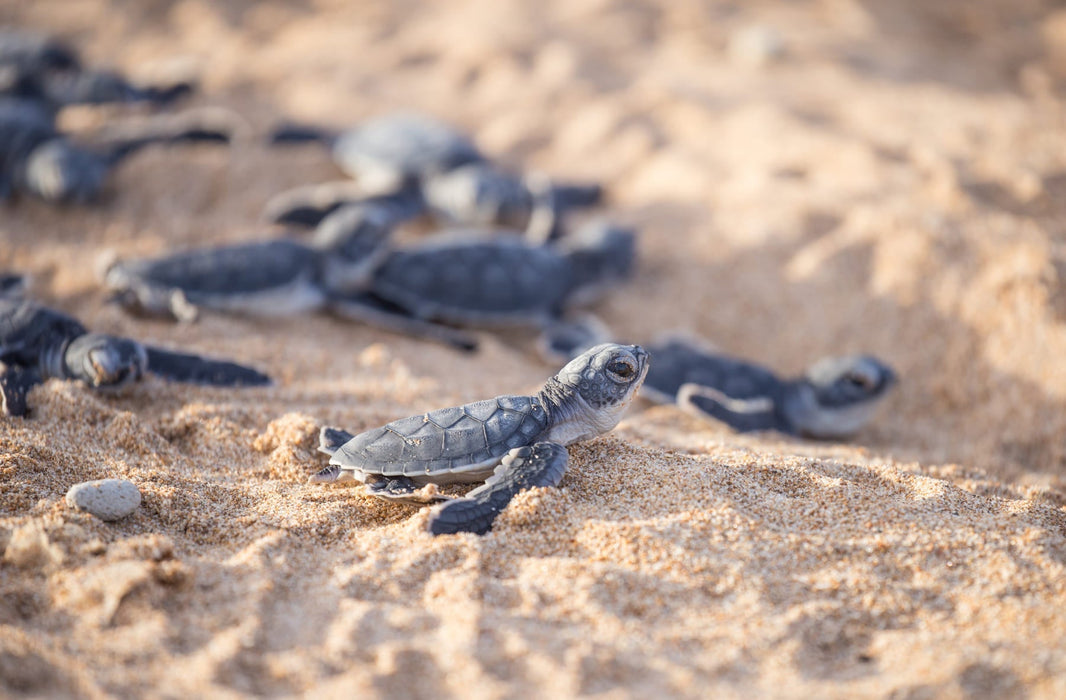
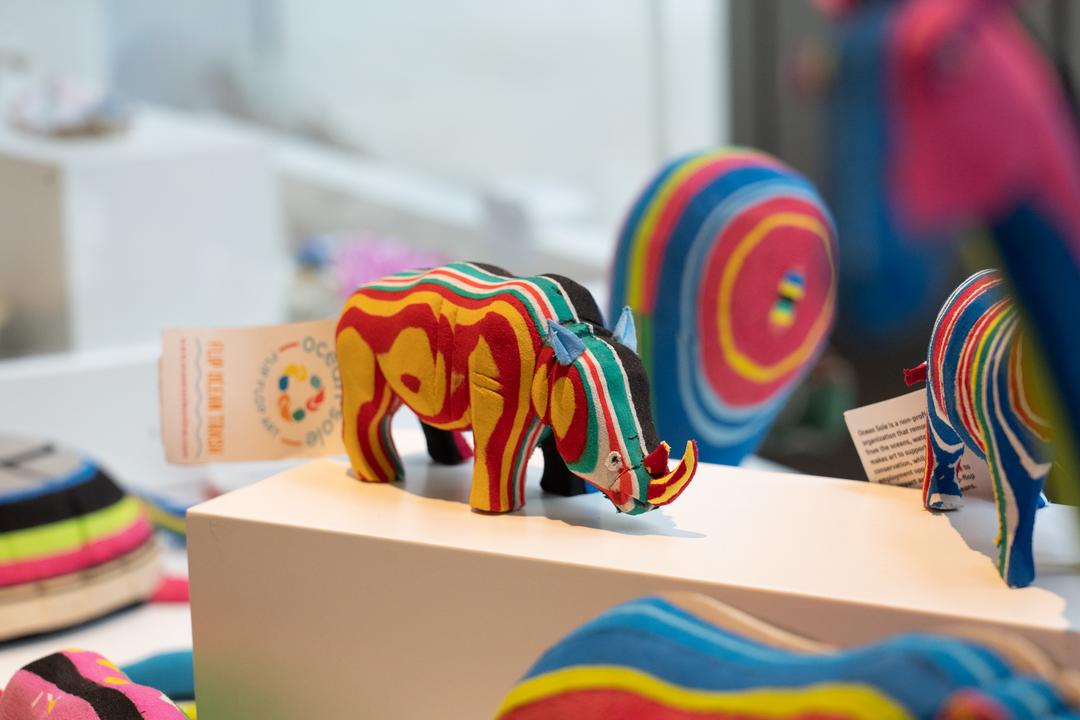
1 comment
Im Bean